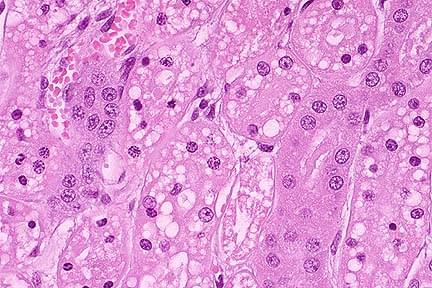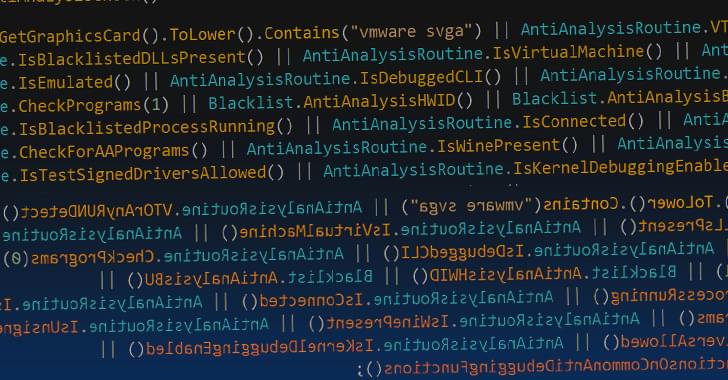The Zeva Zero is a one-person, disc-shaped eVTOL that can fly you at 160 mph and then fit into a conventional car parking space.


Microsoft has finally spoken out about its unhinged AI chatbot.
In a new blog post, the company admitted that its Bing Chat feature is not really being used to find information — after all, it’s unable to consistently tell truth from fiction — but for “social entertainment” instead.
The company found that “extended chat sessions of 15 or more questions” can lead to “responses that are not necessarily helpful or in line with our designed tone.”

Level 4 autonomous buses will begin operation in Scotland next month – the first service of its kind in the world.
Alexander Dennis Limited, a subsidiary of global bus manufacturer NFI Group, has today announced that a new autonomous bus service in East Scotland will commence on 15th May 2023. This follows the successful completion of an extensive testing program and registration by Stagecoach, the UK’s largest bus and coach operator.

Over the short span of just 300 years, since the invention of modern physics, we have gained a deeper understanding of how our universe works on both small and large scales. Yet, physics is still very young and when it comes to using it to explain life, physicists struggle.
Even today, we can’t really explain what the difference is between a living lump of matter and a dead one. But my colleagues and I are creating a new physics of life that might soon provide answers.
More than 150 years ago, Darwin poignantly noted the dichotomy between what we understand in physics and what we observe in life—noting at the end of The Origin of Species “…whilst this planet has gone cycling on according to the fixed law of gravity, from so simple a beginning endless forms most beautiful and most wonderful have been and are being evolved.”

Cancer is defined by cell cycle deregulation and uncontrolled growth. It is the second leading cause of death in the world. In the United States alone there were 1,658,370 new cancer cases diagnosed, 589,430 cancer deaths and an estimated 750,000 deaths in Europe.
We are fighting a losing battle?
IV Vitamin C for Cancer and Vitamin K3.


Google is enacting a new data deletion policy for Android apps that allow account creation to also offer users with a setting to delete their accounts in an attempt to provide more transparency and control over their data.
“For apps that enable app account creation, developers will soon need to provide an option to initiate account and data deletion from within the app and online,” Bethel Otuteye, senior director of product management for Android App Safety, said.
“This web requirement, which you will link in your Data safety form, is especially important so that a user can request account and data deletion without having to reinstall an app.”


Besides incorporating more anti-analysis and anti-virtualization checks, Typhon Reborn V2 removes its persistence features, instead opting to terminate itself after exfiltrating the data.
The malware ultimately transmits the collected data in a compressed archive via HTTPS using the Telegram API, marking continued abuse of the messaging platform.
“Once the data has been successfully transmitted to the attacker, the archive is then deleted from the infected system,” Brumaghin said. “The malware then calls to terminate execution.”